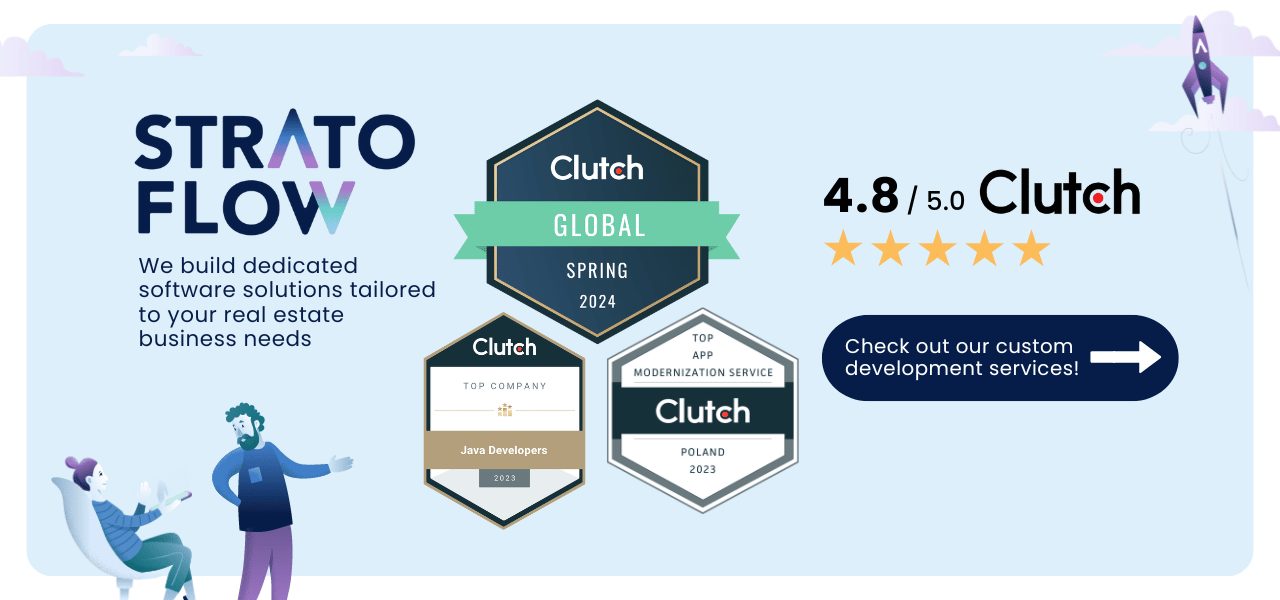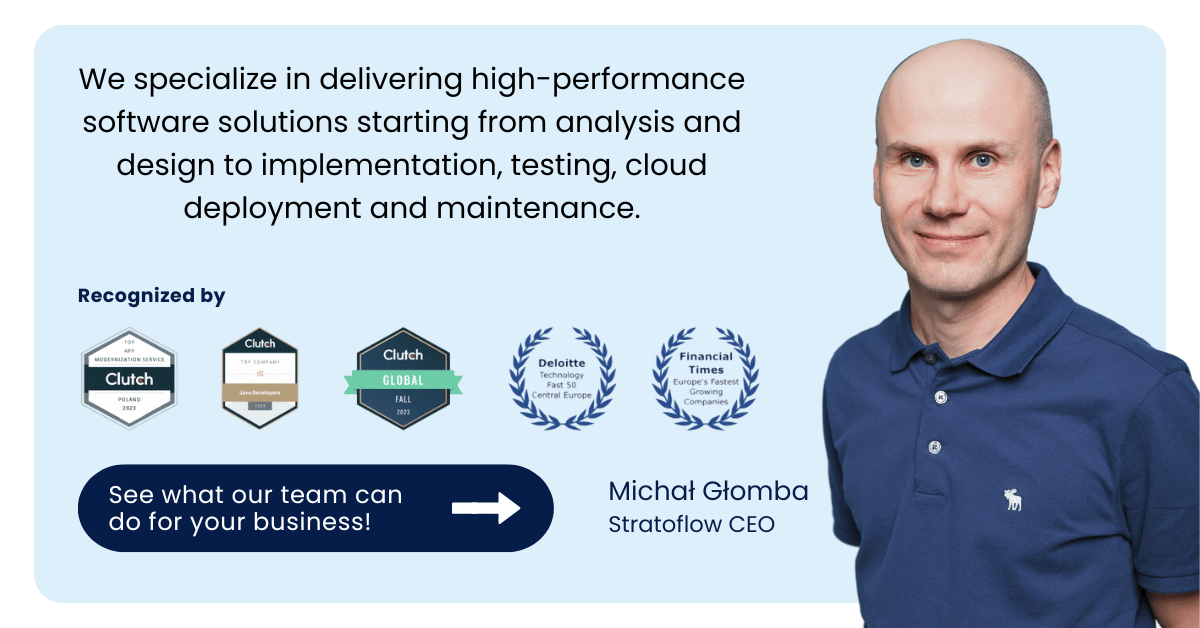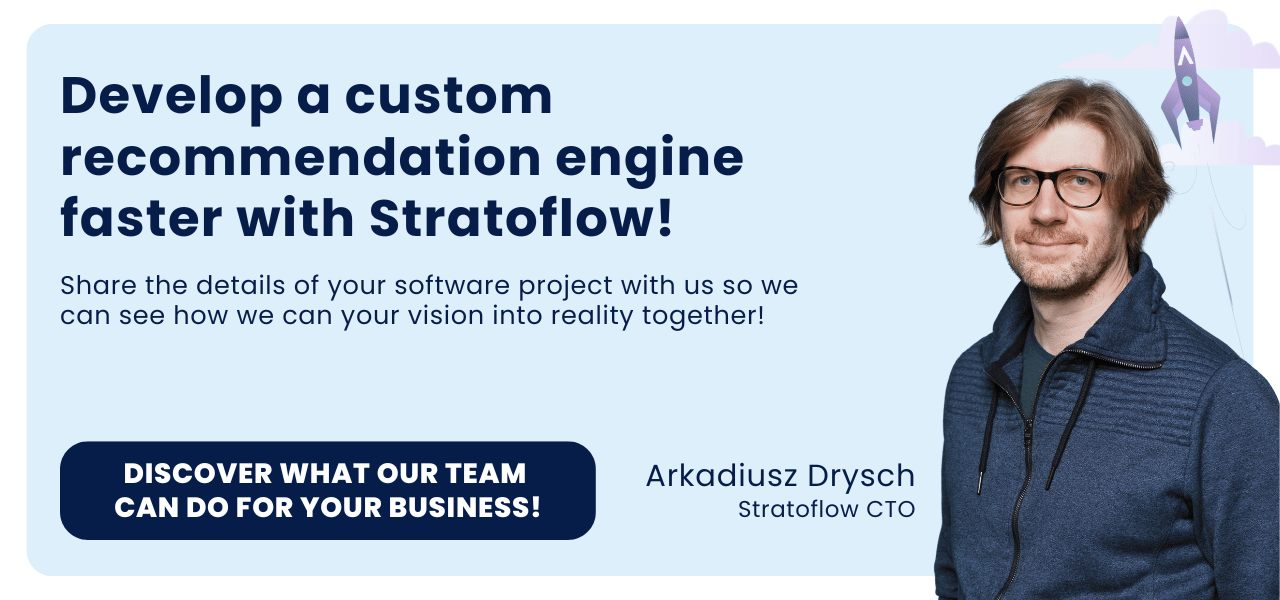
Custom Recommendation Engines: What They Are and How to Use Them
Recommendation engines power personalized shopping, streaming, and more, shaping how we interact online and driving business success.
This article explores how these systems work, their benefits, and best practices across industries like e-commerce, travel, and media.
Discover the transformative role of recommendation engines and their future in our data-driven world.
Contents
- Recommendation Engine: The Basics
- How Artificial Intelligence and Machine Learning Drives Modern Businesses
- How Different Industries Are Leveraging Recommendation Engines
- Enter AI Age: Custom Recommendation Engine for Your Business
- How Do Recommendation Systems Work?
- How Recommendation Engines Process User Data?
- Why It’s Worth It: Key Recommendation Engine Benefits
- Good Practices for Displaying Content Recommendations
- The Future of Recommendation Engines
Recommendation Engine: The Basics
Artificial Intelligence (AI) is all the rage these days, with companies racing to integrate AI into their operations.
Among the various applications of AI, recommendation engines stand out as an area where AI has been present for some time and has solidified its role.
At their core, recommendation engines are systems designed to predict and suggest products, services, or content to users based on various data inputs.
These inputs can include past behavior, other users and their preferences, and other relevant metrics. The primary purpose of recommendation engines is to improve the user experience by providing personalized recommendations, thereby increasing engagement and satisfaction.
In 2024, businesses in industries ranging from e-commerce to streaming services will rely heavily on these systems to drive growth and customer retention.
By leveraging advanced algorithms and massive data sets, recommendation engines help companies tailor their offerings to individual users, creating a more personalized and efficient interaction.
This not only increases sales and user retention, but also optimizes operational efficiency by targeting the right audience with the right products at the right time.
As we delve deeper into the specifics of how these systems work, it becomes clear why they are essential in the modern business environment.
How Artificial Intelligence and Machine Learning Drives Modern Businesses
Building on the fundamentals of recommendation engines, it’s clear that artificial intelligence (AI) and machine learning (ML) are central to the way modern businesses operate. These technologies have a significant impact on revenue, customer satisfaction, and conversion rates.
In e-commerce, the impact of AI-powered recommendation engines is profound. For example, Amazon attributes 35% of its sales to its recommendation system, which uses AI to personalize the shopping experience for users.
This personalization increases customer engagement, time spent on the site, and ultimately, sales. Similarly, 75% of consumers are more likely to make a purchase when they receive personalized recommendations, highlighting the significant impact these systems have on buying behavior.
The financial impact of recommendation engines is significant.
The e-commerce recommendation engine market is expected to reach $15.13 billion by 2026, up from $2.12 billion in 2020, representing a compound annual growth rate (CAGR) of 37.46%.
This growth underscores the increasing reliance on AI to drive business performance.
Recommendation engines also significantly increase average order values and conversion rates. Oracle reports that 54% of retailers see product recommendations as a key driver of higher average order values.
In addition, personalized recommendations can increase the likelihood that a customer will return to a store by 37%, compared to 19% for those who do not click on recommendations. This ability to retain customers and encourage repeat purchases is invaluable to businesses.
In the media industry, recommendation engines enhance the user experience by suggesting relevant content, increasing user engagement and retention.
Companies like Netflix and Spotify rely heavily on AI to personalize content for their users, resulting in increased subscriber loyalty and lower churn rates.
Overall, AI and machine learning, through recommendation engines, are revolutionizing the way businesses operate.
By providing personalized experiences, they not only drive sales and improve customer satisfaction but also enhance operational efficiencies and foster customer loyalty.
Do you want to unlock these opportunities for your business as well?
Empower Your Business With Custom AI-Driven Recommendation Engine Today!
How Different Industries Are Leveraging Recommendation Engines
Recommendation engines have become indispensable tools across industries, improving the user experience and driving business growth.
In this section, we’ll explore how industries ranging from e-commerce to media to travel are using these sophisticated systems to gain strategic advantage and drive revenue.
Ecommerce
In the e-commerce sector, companies like Amazon and eBay utilize personalized shopping recommendation that cater the products based on user preferences to enhance their shopping experience, driving significant business value through increased sales and higher average order values (AOV).
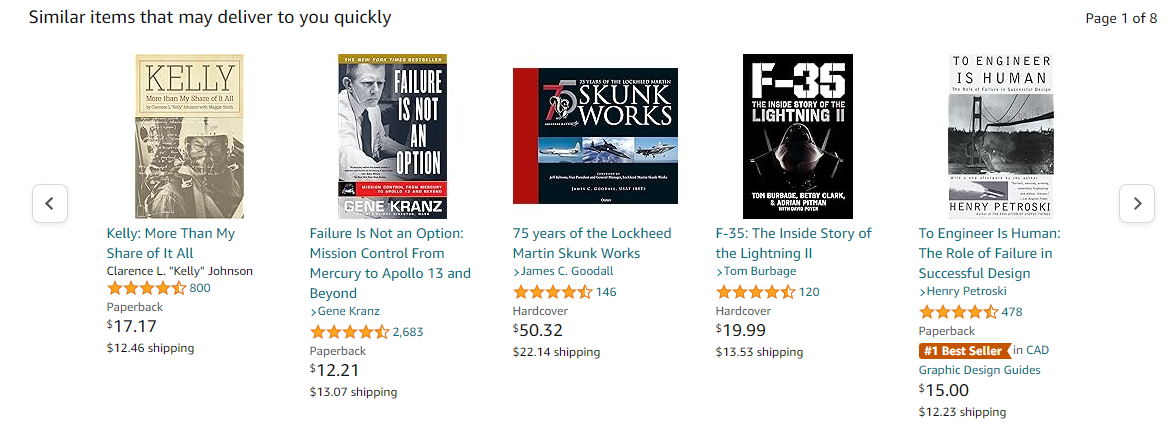
When a user visits Amazon or eBay, the recommendation engine immediately starts working to personalize their shopping journey. Here’s how it typically unfolds:
- Personalized Homepages: Upon logging in, users are greeted with a personalized homepage featuring recommended products based on their previous browsing and purchase history. This helps users quickly find items of interest without extensive searching.
- Product Recommendations: As users browse specific product pages, the recommendation engine suggests related items under sections like “Customers who bought this also bought” or “Frequently bought together.” These suggestions are based on collective user behavior, ensuring relevance.
- Search Personalization: When users perform a search, the results are tailored by the sophisticated machine learning algorithms to their preferences and past behaviors. This personalization helps in surfacing the most relevant products, increasing the likelihood of purchase.
- Email and Notification Alerts: E-commerce platforms send personalized emails or notifications recommending products based on users’ interests and past purchases. These reminders can prompt users to revisit the site and make additional purchases.
- Dynamic Cart Recommendations: During the checkout process, users receive recommendations for additional items that complement their current cart, encouraging upselling and cross-selling. For instance, if a user is purchasing a camera, the engine might suggest accessories like lenses or memory cards.

Implementing recommendation engines provides several key benefits to e-commerce companies.
First, these systems significantly increase sales by presenting users with products they are more likely to purchase. As we’ve mentioned before, according to McKinsey research, 35% of Amazon’s sales are generated through its recommendation system.
Second, recommendation engines help drive higher average order values (AOVs).
By suggesting complementary products during the shopping and checkout process, customers are encouraged to buy more items per transaction. Oracle points out that 54% of retailers see higher average order values through effective product recommendations.
In addition, personalization significantly improves the overall customer experience.
When users are presented with relevant and convenient options, their satisfaction increases and they are more likely to return.
Travel
The travel industry uses recommendation engines to personalize travel planning. Websites such as Expedia and Booking.com use these systems to recommend hotels, flights, and activities based on users’ previous searches and bookings.
This helps travelers discover options they might not otherwise have considered, improving their overall experience.
Travel recommendation engines start by personalizing the travel planning process.
When users search for flights, hotels, or vacation packages, the system suggests additional services such as car rentals, travel insurance, and tours.
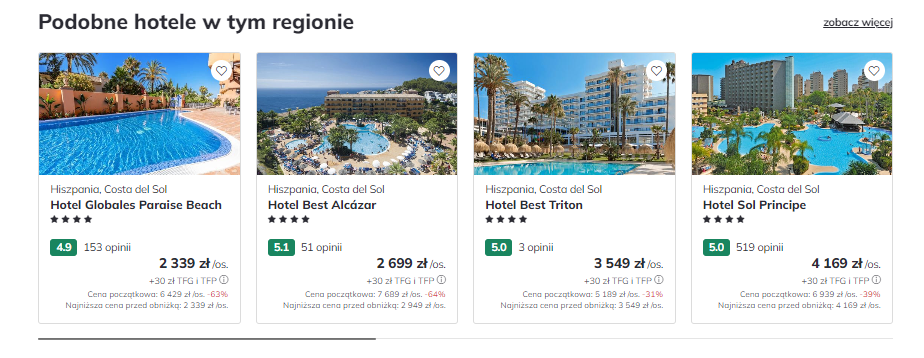
For example, when a user books a flight to Paris, the recommendation engine can suggest hotel accommodations, local attractions, and dining experiences tailored to the user’s preferences and past behavior. This personalized approach not only simplifies the planning process, but also makes it more enjoyable for the user.
Travel platforms also use recommendation engines to create dynamic package deals.
These deals bundle flights, hotels, and activities at discounted rates, tailored to the user’s search history and preferences. By offering comprehensive and customized packages, travel companies can increase average transaction value and improve customer satisfaction by providing a seamless booking experience.
Real Estate
Real estate platforms like Zillow and Redfin use recommendation engines to match potential buyers with properties that meet their specific criteria.
These engines analyze data such as location preferences, budget, and desired property features to suggest homes that are most likely to interest buyers.

When users visit real estate platforms, recommendation engines immediately start tailoring the browsing experience to their preferences based on what similar users were also looking for. Here’s how it typically works:
- Personalized Property Listings: As users search for properties, the recommendation engine suggests homes that match their specified criteria, such as location, price range, and number of bedrooms. For instance, if a user frequently searches for three-bedroom houses in a specific neighborhood, the engine will prioritize similar listings in future searches.
- Enhanced Search Filters: Beyond basic filters, recommendation engines use advanced algorithms to understand user preferences better. They can recommend properties based on subtle patterns in user behavior, such as favoring certain architectural styles or amenities like swimming pools or proximity to schools.
- Email and Notification Alerts: After users set their search criteria, the system can send personalized alerts when new properties matching their preferences are listed. This keeps users engaged and informed, increasing the likelihood of a timely purchase.
Social Media
Social media platforms such as YouTube and TikTok rely heavily on recommendation engines to increase user engagement and retain their audience.
These systems have become a fundamental aspect of their operations, using advanced algorithms to analyze user behavior and preferences to provide personalized content recommendations.
YouTube’s Recommendation System
YouTube’s recommendation engine plays a critical role in guiding what users watch. The platform uses a sophisticated machine learning algorithm that takes into account factors such as viewing history, search history, and user engagement metrics such as likes, comments, and shares.
When a user logs in to YouTube, the homepage displays a mix of videos that are personalized based on past interactions. In addition, the “Up Next” panel suggests videos related to what the user is watching, encouraging continuous viewing.

This recommendation system is incredibly effective at increasing user viewing time.
For example, YouTube reports that over 70% of the time users spend on the platform is driven by recommendations. This high engagement directly translates into increased advertising revenue for YouTube, making the recommendation engine a critical component of their business strategy.
TikTok’s Recommendation System
TikTok’s recommendation engine, often referred to as the “For You” feed, works on similar principles.
It uses a combination of factors such as a user’s past behavior and interactions (likes, shares, comments), video information (captions, sounds, hashtags), and device/account settings (language preference, device type).
This data is processed by TikTok’s algorithm to curate a feed of videos tailored to each user’s preferences.
The “For You” feed is designed to keep users engaged by continuously showing them content that matches their interests. This not only increases the amount of time users spend on the app, but also increases the likelihood that they will discover new creators and trends.
Advertising
Recommendation engines have revolutionized the advertising industry by enabling highly targeted and personalized advertising experiences.
These systems use advanced algorithms and data analytics to deliver ads tailored to individual user preferences and behaviors, significantly increasing the effectiveness of advertising campaigns.
One of the primary ways recommendation engines are used in advertising is through personalized ad targeting.
By analyzing vast amounts of user data, including browsing history, search queries, purchase behavior, and social media activity, these engines can create detailed user profiles. Advertisers can then use these profiles to serve ads that are highly relevant to each user.
For example, if a user frequently searches for travel-related content and books flights online, a recommendation engine can identify this interest and deliver personalized suggestions for hotels, car rentals, or travel insurance tailored to that user.
This level of personalization increases the likelihood that the user will engage with the ad and make a purchase, thereby improving return on investment (ROI) for advertisers.
Enter AI Age: Custom Recommendation Engine for Your Business
In today’s competitive marketplace, delivering personalized experiences is critical for businesses looking to increase customer loyalty and drive revenue.
Businesses looking to harness the power of data-driven personalization can benefit greatly from a custom recommendation engine.
At Stratoflow, we excel at building these sophisticated systems, as exemplified by our flagship AI/ML recommendation engine, Recostream.

Recostream was painstakingly built from the ground up by our team of expert developers, showcasing our deep expertise in AI and machine learning.
This recommendation engine is specifically designed to deliver highly personalized product recommendations in real-time, significantly improving the shopping experience for e-commerce platforms.
The integration process is remarkably fast, taking less than three minutes without any developer intervention, and it ensures a smooth user experience by calculating recommendations within 20-30 milliseconds.
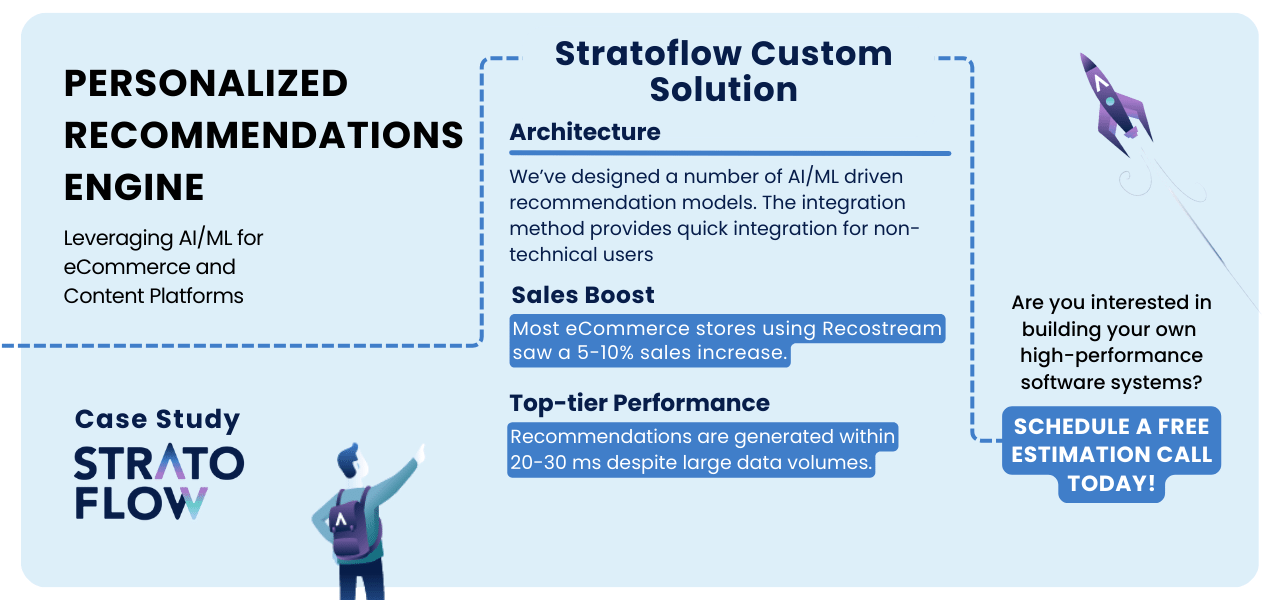
Our approach with Recostream has consistently delivered impressive results for our clients.
For example, e-commerce stores using Recostream have reported a 5-10% increase in sales and a 25% increase in recommended products as a percentage of total sales.
At Stratoflow, we are committed to delivering value in every project we undertake.
Our development process emphasizes scalability, real-time data processing, and low-latency performance to ensure that our solutions not only meet, but exceed our customers’ expectations.
- E-commerce and Retail: Our recommendation engines in the e-commerce sector help increase sales by suggesting products that customers are likely to buy based on their browsing history and past purchases. This enhances the shopping experience and boosts cross-selling and upselling opportunities.
- Media and Entertainment: For platforms like streaming services and online media, our recommendation engines can personalize user experiences by suggesting movies, TV shows, and music that match individual preferences.
- Finance: In the financial sector, our recommendation systems can suggest relevant financial products, investment opportunities, and personalized financial advice.
- Healthcare: We can develop recommendation engines for healthcare that assist in diagnostics, patient management, and personalized health plans. These systems improve patient care by offering tailored medical advice and treatment options based on patient data
- Travel: Our travel recommendation engines can help users find personalized travel options, such as flights, hotels, and travel packages, based on their preferences and past bookings.
- Insurance: In the insurance industry, our recommendation engines can provide personalized policy suggestions, risk management advice, and cross-selling opportunities.
- Real Estate: Our recommendation engines for real estate offer personalized property suggestions, pricing analysis, and automated property management solutions.
If you are an entrepreneur looking to enhance your business with a customized recommendation engine, Stratoflow’s proven track record and innovative solutions make us the ideal partner to help you achieve your goals.
How Do Recommendation Systems Work?
Understanding how recommendation engines work can demystify the sophisticated processes behind the personalized suggestions we receive online.
This section breaks down the workings of these systems into five key steps, providing insights into the data collection, processing, and predictive modeling techniques that power recommendation engines.
Step 1: Data Collection

The first step in any recommender system is data collection. This involves collecting a variety of data points about users and items.
For users, data can include browsing history, search queries, purchase history, ratings, and demographic information.
For items, data can include attributes such as genre, price, popularity, and reviews. This raw data is the foundation upon which recommendations are built.
Insight from our experience
The more diverse and rich the data, the better the recommendation system can understand your preferences.
For example, Netflix collects data not only about what shows you watch, but also how long you watch them, when you watch them, and even when you pause or rewind.
Step 2: Data Processing and Cleaning

Once the data is collected, it needs to be processed and cleaned.
This step involves filtering out noise, handling missing values, and transforming the data into a format suitable for analysis. Data processing ensures that the subsequent steps can be performed efficiently and accurately.
Insight from our experience
Data cleansing is a critical step because even small errors can lead to incorrect recommendations.
For example, duplicate entries or incorrect item attributes can skew results, leading to a poor user experience and reduced confidence in the system.
Step 3: Feature Extraction and Engineering

In this step, the system identifies and extracts relevant features from the processed data. Features are the attributes used to make predictions.
For users, features might include their historical ratings of items, time spent on different content, and social connections.
For items, features can include textual descriptions, visual content, and metadata.
Insight from our experience
Feature engineering is both an art and a science.
Effective feature engineering can significantly improve the performance of the recommendation system. For example, in e-commerce, combining user purchase history with real-time browsing behavior can create powerful predictive features.
Step 4: Model Training

The core of a recommendation system is its predictive model, which is trained on the extracted features.
Common models include collaborative filtering, content-based filtering, and hybrid models that combine both approaches.
The model learns patterns in the data, such as which items are often liked by similar users, or which item attributes appeal to specific user segments.
Insight from our experience
A major challenge in this step is the “cold start” problem, which occurs when there is insufficient data to make accurate recommendations for new users or new items.
To address this, companies often use hybrid models that incorporate both collaborative and content-based filtering, using whatever data is available to generate initial recommendations.
Step 5: Prediction and Recommendation

The final step is to make predictions and generate recommendations.
The trained model takes new user data as input and outputs a list of recommended items.
These recommendations are then presented to the user through the platform’s interface, whether it’s a home page, a suggestion bar, or a personalized email.
Insight from our experience
The effectiveness of recommendations is continuously monitored and refined.
A/B testing, user feedback, and real-time interaction data are used to iteratively improve the model. Platforms like Amazon continuously update their recommendation algorithms based on user interactions to ensure the recommendations remain relevant and engaging.
How Recommendation Engines Process User Data?
Building on what we’ve established about recommendation systems and how they work, the next critical aspect to understand is how these engines process user data to generate accurate and personalized recommendations.
This process involves different data filtering approaches, each suitable for different purposes and contexts.
The three main data filtering approaches are collaborative filtering, content-based filtering, and hybrid models.
Collaborative Filtering Approach
Collaborative filtering is one of the most widely used approaches in recommendation systems.
It relies on the premise that users who have agreed in the past will agree again in the future. This method can be divided into two categories: user-based and item-based collaborative filtering.
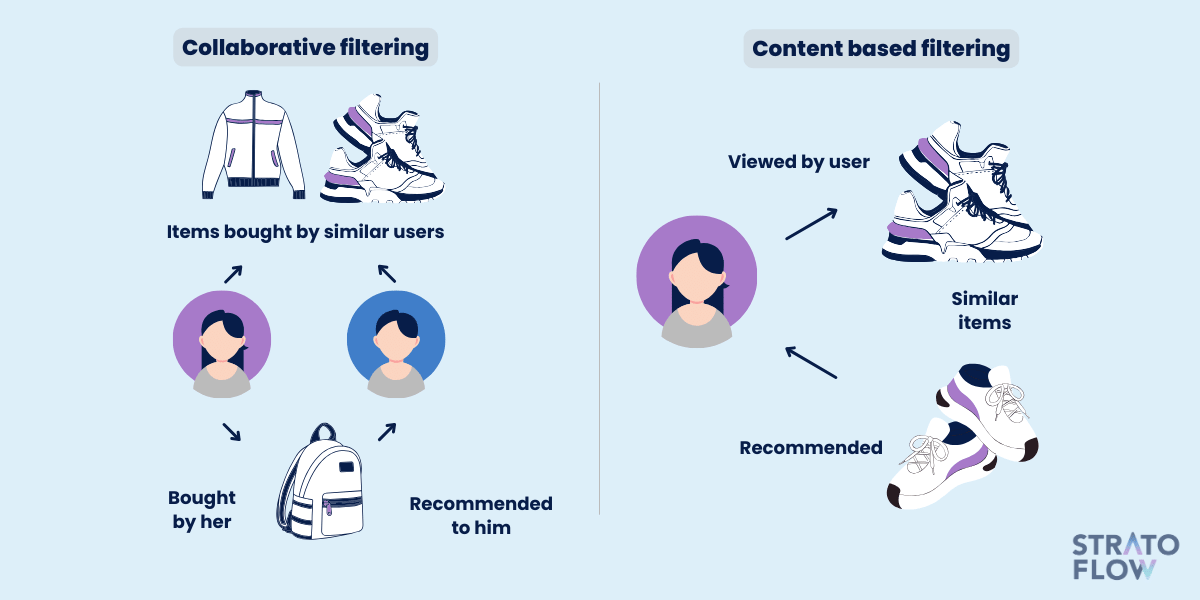
User collaborative filtering
This method recommends items by identifying users with similar preferences.
For example, if User A and User B have similar tastes in movies, and User A liked a certain movie that User B hasn’t seen, the system might recommend that movie to User B. The algorithm finds these similarities by analyzing user ratings, behavior, or interactions.
Item based collaborative filtering
Instead of finding similar users, this method focuses on finding items that are similar.
For instance, if a user liked Movie X and Movie Y, and another user liked Movie X, the system might recommend Movie Y to the second user. This approach calculates the similarity between items based on user ratings and interactions.
Best Uses
Collaborative filtering is highly effective in environments where user interaction data is rich and extensive, such as e-commerce sites like Amazon and streaming services like Netflix.
It works best when there is a large user base and a large number of items because it relies on user interaction patterns to make recommendations.
Content-based Filtering Approach
Content-based filtering recommends items based on the characteristics of the items and a profile of the user’s preferences. This approach uses the attributes of items to recommend similar items that match user preferences.

- Item Profiles: Each item is described by a set of attributes. For instance, movies can be described by genre, director, cast, and keywords. The system creates a profile for each item based on these attributes.
- User Profiles: The system also creates a profile for each user based on the attributes of the items they have interacted with in the past. If a user frequently watches science fiction movies, the user profile will reflect this preference.
- Matching Process: The recommendation system matches items to users by comparing the attributes of items with the attributes in the user profiles. For example, if a user has shown a preference for science fiction movies, the system will recommend other science fiction movies.
Best Uses
Content-based filtering is particularly useful when there is not much user interaction data available, often referred to as the “cold start” problem.
It works well for recommending specialized content, such as job listings or niche products, where the item attributes are well defined and highly informative.
Hybrid Models
Hybrid models combine the strengths of collaborative filtering and content-based filtering to create more robust and accurate recommendation systems.
By integrating these approaches, hybrid models can address the limitations of each method, resulting in a system that is better equipped to handle diverse data and user scenarios.
For example, a hybrid system might generate a list of recommendations using collaborative filtering that identifies patterns in user interactions and preferences.
At the same time, it might generate another list using content-based filtering, which focuses on the attributes of the items themselves. The final recommendations are then generated by averaging the scores from both methods or using a weighted approach. This combination ensures that the recommendations take into account both the user’s past behavior and the inherent characteristics of the items.
Another approach used by hybrid models is to switch between collaborative and content-based filtering based on the availability and quality of data.
For example, when a new user joins the platform, there may be insufficient customer data to make reliable recommendations using collaborative filtering-a scenario known as the “cold start” problem.
In such cases, the system may initially rely on content-based filtering, which can provide recommendations based on the user’s known preferences or profile attributes.
Why It’s Worth It: Key Recommendation Engine Benefits
Recommendation engines have become an integral tool for many organizations, providing numerous benefits that drive both customer satisfaction and business performance.
Here are the key benefits that recommendation engines bring to organizations:
Increased Sales and Revenue
One of the most significant benefits of recommendation engines is their ability to increase sales and revenue.
Personalized recommendations can drive additional purchases by suggesting complementary or related products.
For example, studies have shown that 35% of Amazon’s revenue comes from its recommendation engine, while product recommendations account for an average of 31% of e-commerce site revenue.
By tailoring recommendations to individual user preferences, businesses can significantly increase average order value (AOV) and overall revenue.
Enhanced User Experience
Recommendation engines enhance the user experience by providing personalized and relevant content, making it easier for customers to find the products or services they are interested in.
This personalization results in higher user satisfaction and engagement. According to a report by Monetate, 49% of consumers have purchased items they did not intend to buy based on personalized product recommendations.
By reducing the effort required to discover new products, recommendation engines create a more enjoyable and efficient shopping experience.
Improved Customer Loyalty
Effective recommendation engines can predict user preferences, which in turn leads to significantly increased customer loyalty.
When customers receive relevant and personalized suggestions, they are more likely to return to the site and make repeat purchases.
Machine learning personalization can lead to a 10% to 15% increase in sales conversion rates, indicating greater customer satisfaction and brand loyalty. This loyalty translates into long-term revenue and a stronger customer base.
Optimized Marketing Spend
Recommendation engines help companies optimize their marketing spend by targeting customers with personalized and relevant content.
By understanding customer behavior and preferences, businesses can create more effective marketing campaigns that deliver higher returns.
This targeted approach can improve ad targeting and reduce wasted spend on broad, untargeted campaigns.
Valuable Data Insights
Recommendation engines generate valuable data insights about customer behavior, preferences, and trends.
Companies can use this data to refine their product offerings, improve recommendation strategies, and develop new products that align with customer interests.
By continuously analyzing customer data, companies can stay ahead of market trends and quickly adapt to changing consumer demands.
Increased Time Spent on Platform
By continuously providing relevant recommendations, machine learning recommendation engines encourage users to spend more time on the platform.
This increased engagement not only boosts the chances of making a sale but also enhances the overall user experience.
For example, virtuylly all media streaming services like Disney+, Hulu and Amazon use recommendation engines to keep users engaged by suggesting new content based on their viewing history.
Good Practices for Displaying Content Recommendations
In the previous sections, we’ve explored how AI recommendation engines can significantly improve the user experience and drive engagement in a variety of industries.
The placement and type of recommendation models used are critical to maximizing their impact. By strategically implementing these models, organizations can deliver personalized experiences that cater to individual user preferences.
Here, we provide actionable insights into how businesses in these industries can effectively display content recommendations to increase user satisfaction and drive revenue.
Ecommerce store
In an e-commerce setting, effectively displaying content recommendations can significantly enhance user experience and drive sales.
The placement and type of recommendation models used are crucial for maximizing their impact. Here are some good practices for displaying content recommendations on an e-commerce site.
Homepage Recommendations
The home page is often the first point of interaction for users, making it an ideal place for personalized recommendations.
Highlighting popular products, trending items, and personalized suggestions based on past behavior can pique user interest from the start.
For example, displaying a “Recommended for You” section based on a user’s browsing history or previous purchases can immediately engage returning visitors. This approach not only makes the site feel more personalized, but also helps to quickly direct users to items they are likely to be interested in.
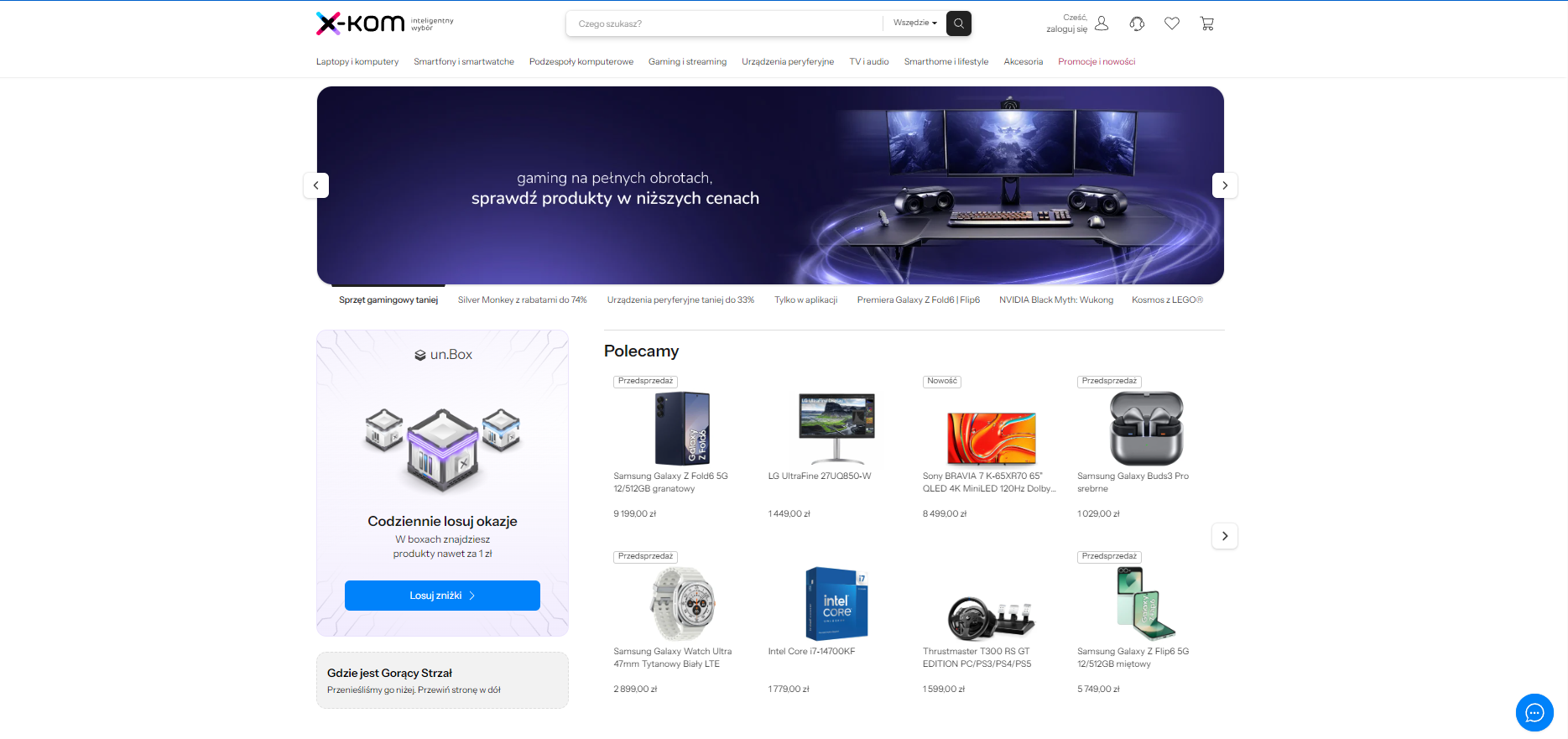
Product Page Recommendations
On individual product pages, recommendation models such as “Others Also Bought” and “Often Bought Together” work particularly well.
The “Other People Also Bought” model uses collaborative filtering to show products bought by users who bought the current item. This can help cross-sell related products that the user may find useful. For example, if a user is looking at a camera, suggesting accessories such as lenses, memory cards, and tripods can improve the shopping experience.
The Frequently Bought Together model suggests items that are often purchased in combination with the current product.
This not only increases the average order value, but also provides convenience to the user by bundling complementary products. For example, suggesting a laptop case and external mouse with a laptop purchase can be very effective.
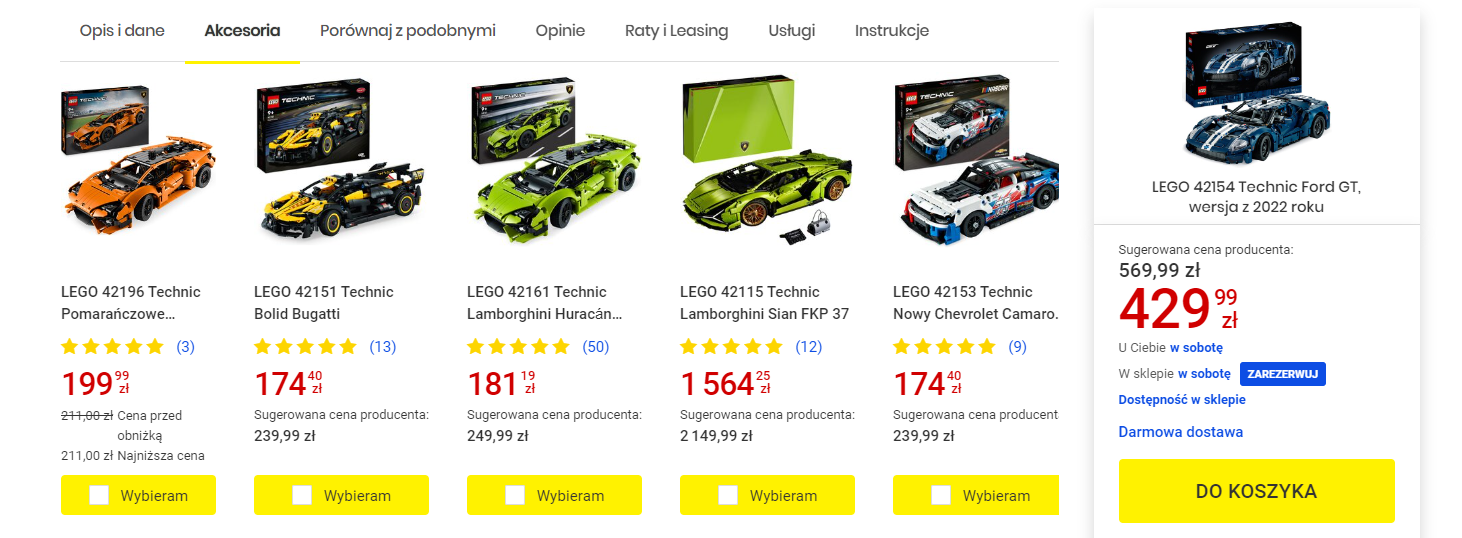
Category Page Recommendations
On category pages, showcasing bestsellers, highly rated products, and new arrivals can help users navigate through the available options more efficiently.
Highlighting products with high customer ratings and reviews can build trust and influence purchase decisions.
For example, on a category page for kitchen appliances, displaying the top-rated blenders, most popular coffee makers, and newly launched products can guide users towards making informed choices.
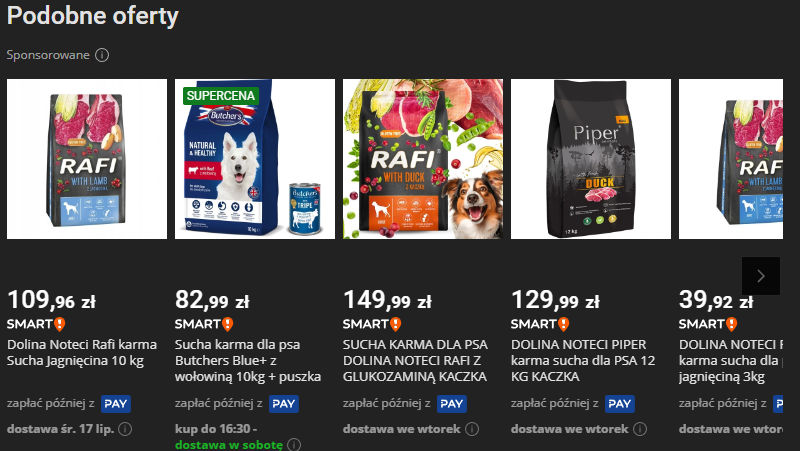
Cart Page Recommendations
The cart page is a strategic location for last-minute upsell and cross-sell opportunities.
Displaying “You May Also Like” or “Recently Viewed” items can entice users to add more products to their cart before checkout. These recommendations can be based on the user’s browsing history or the buying patterns of similar users.
For example, if a user has added a pair of running shoes to their cart, suggesting running socks, sportswear, or fitness trackers can lead to additional sales.
In addition, displaying limited-time offers or discounts on complementary products can create a sense of urgency and encourage users to take advantage of the deal.
Post-Purchase Recommendations
After a purchase is completed, sending personalized recommendations via email can keep the user engaged and encourage repeat purchases.
Recommendations such as “Customers who bought this item also purchased” or “We thought you might like” based on the user’s purchase history can be very effective. These follow-up emails can include special offers, new arrivals, or items that complement a recent purchase.
For example, if a customer purchased a smartphone, suggesting phone cases, chargers, or headphones in the follow-up email can drive additional sales and improve customer loyalty.
Actionable Insights for Ecommerce Entrepreneurs
- Personalization is Key: Ensure that the recommendations are personalized based on user behavior and preferences. Use data from past interactions to tailor suggestions and make the shopping experience more relevant.
- Strategic Placement: Place recommendations strategically across different pages of the site. Each page serves a unique purpose, and the recommendations should align with the user’s journey on that page.
- Use Varied Models: Employ different recommendation models such as collaborative filtering, content-based filtering, and hybrid models to cater to various user needs and behaviors.
- Leverage Cross-Selling and Upselling: Use recommendation models to suggest complementary products that enhance the user’s initial purchase. This can significantly increase the average order value and overall sales.
- Engage Post-Purchase: Keep customers engaged even after the purchase is complete by sending personalized recommendations through email. This can encourage repeat purchases and build customer loyalty.
Let us transform your e-commerce business with personalized content!
Custom AI-Driven Recommendation Engine
Travel Industry
Travel platforms such as Expedia and Booking.com can use recommendation engines to provide personalized travel planning services.
By analyzing users’ past travel history, search behavior, and preferences, these platforms can recommend destinations, hotels, and activities tailored to individual needs.
Travel platforms such as Expedia and Booking.com can use recommendation engines to provide personalized travel planning services. By analyzing users’ past travel history, search behavior, and preferences, these platforms can recommend destinations, hotels, and activities tailored to individual needs.
Recommendation engines can help create dynamic travel packages that bundle flights, accommodations, and activities based on user preferences.
For example, a traveler booking a flight to Paris might be offered a package that includes a discounted hotel stay and tickets to popular attractions such as the Eiffel Tower or a Seine River cruise.
During the travel planning process, recommendation engines can provide real-time suggestions for additional services.
For example, when a user books a hotel, the engine can recommend nearby restaurants, local tours, and transportation options. This real-time personalization enhances the travel experience by ensuring that users have access to relevant information and services throughout their trip.
Actionable Insights for Entrepreneurs in Travel Industry
- Utilize User Data: Collect and analyze data on user preferences, travel history, and search behavior to create highly personalized recommendations.
- Bundle Services: Offer dynamic packages that combine multiple services to simplify the booking process and increase transaction values.
- Enhance User Experience: Use real-time data to provide timely and relevant suggestions during the user’s travel planning and journey.
- Promote Additional Services: Leverage recommendation engines to upsell complementary services and enhance overall customer satisfaction.
Media Industry
Streaming media platforms such as Netflix and Spotify have already demonstrated the power of recommendation engines to keep users engaged and satisfied.
Recommendation engines can analyze a user’s viewing or listening habits to provide personalized content recommendations.
For example, Netflix uses collaborative filtering and content-based algorithms to suggest movies and TV shows based on what users have previously watched and rated.
Media platforms can create dynamic playlists and watchlists that update in real time based on user preferences. For example, Spotify’s “Discover Weekly” playlist provides users with a curated list of new songs each week, tailored to their listening habits.
Recommendation engines can be used to cross-promote content across categories.
For example, if a user enjoys a certain genre of movies on Netflix, the platform can recommend documentaries, TV shows or even stand-up specials within the same genre. This cross-promotion helps maximize content exposure and encourages users to spend more time on the platform.
Actionable Insights for Entrepreneurs in Media
- Enhance Personalization: Continuously analyze user data to refine content recommendations and ensure they align with individual preferences.
- Update Content Dynamically: Use recommendation engines to create dynamic playlists and watchlists that keep content fresh and engaging.
- Cross-Promote Content: Leverage user preferences to suggest a variety of content types within the same genre, maximizing exposure and user engagement.
[Read also: Movie Recommendation System: How It Works And How To Introduce It In Your Business]
The Future of Recommendation Engines
As technologies like machine learning and artificial intelligence rapidly evolve, the future of recommendation engines looks more promising and sophisticated than ever.
In the near future, recommendation engines will become even more adept at processing vast amounts of customer data to deliver highly personalized experiences.
Machine learning algorithms will continue to improve, allowing recommendation systems to learn from user behavior faster and more accurately. This means that recommendations will become more precise, taking into account individual preferences and evolving tastes in real time.
One of the major advances expected in recommendation engines is the integration of large language models (LLMs) and natural language processing (NLP).
LLMs, such as GPT-4, can understand and generate human-like text, enabling recommendation engines to interpret and respond to user queries with greater nuance and context. This capability will improve the way recommendations are delivered, making interactions with recommender systems more conversational and intuitive.
For example, a user can ask for movie suggestions based on a detailed description of their mood or preferences, and the system can provide tailored recommendations that closely match the user’s request.
In addition, NLP technologies will enable recommendation engines to analyze unstructured data such as reviews, social media posts, and other user-generated content.
By understanding the sentiment and context of this data, recommendation systems can gain deeper insights into customer preferences and trends. This will not only improve the accuracy of recommendations, but also enable companies to anticipate customer needs and proactively adjust their offerings.
Another exciting development is the potential for recommendation engines to leverage multimodal data, integrating information from multiple sources such as text, images, and even voice input.
This holistic approach will provide a richer understanding of user preferences, leading to more accurate and engaging recommendations.
For example, a fashion recommendation engine could analyze a user’s browsing history, social media activity, and uploaded photos to suggest outfits that perfectly match their style and preferences.
In summary, the future of recommendation engines will be transformative, driven by advances in machine learning, LLM, and NLP.
These technologies will enable more personalized, accurate, and contextual recommendations, improving the user experience across industries.
As recommendation systems become more sophisticated, companies will be better equipped to meet the unique needs of their customers, driving greater engagement and loyalty.
Related Posts
Thank you for taking the time to read our blog post!

